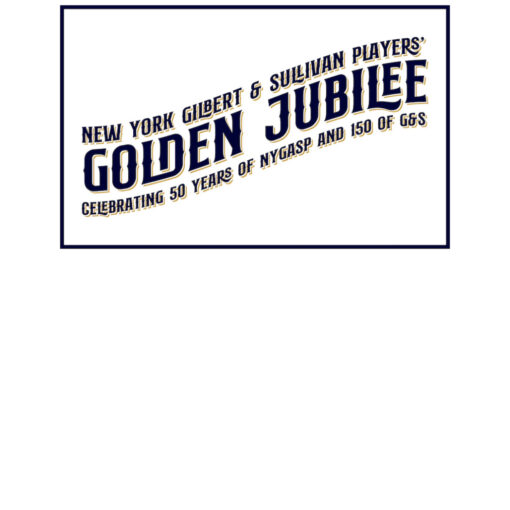By Solomon Beny
On September 26, 2024, I had the pleasure of attending Parlando: Night Music, a concert that explored the connection between music and the mysteries of the night. The performance took place at Kaufman Music Center’s Merkin Hall on 67th Street, a two level theater with amazing acoustics, creating an intimate yet vibrant atmosphere. The venue felt full of energy and anticipation, with an audience of around 200 to 300 people. After the performance, the theater’s welcoming vibe was only enhanced by the opportunity to socialize over refreshments on the second level, adding a personal touch to the evening. The program, led by conductor Ian Niederhoffer, featured performances by flutist, Yoobin Son, harpist, Parker Ramsay, and the Parlando Ensemble. Together, they brought a thoughtfully selected program to life, showcasing works by Gabriel Fauré, Toru Takemitsu, W.A. Mozart, and Béla Bartók. Each piece contributed in its own unique way to the theme of nighttime, making for an engaging and memorable experience.
The venue itself really added to the whole experience. The intimate setting allowed for a connection between the audience and the musicians. Conductor Ian Niederhoffer kept the mood light between pieces with jokes, which helped keep things moving smoothly as instruments were adjusted and musicians switched places. His humor and commentary also served to educate us about the pieces we were about to hear, which made the concert feel more accessible and enjoyable. The atmosphere struck an outstanding balance between being relaxed and professional, so even those who weren’t as familiar with classical music could feel comfortable.
The musicians gave an outstanding performance, showing the technical skill needed for these challenging works and the emotional depth required to convey their meaning. Conductor Niederhoffer’s movements showed his passion, bringing the nighttime theme to life with every gesture. The night was filled with mystery and ominous beauty, especially with Yoobin Son’s flute performance, which captured the haunting fluidity of Takemitsu’s Toward the Sea. Alongside Parker Ramsay on the harp, both featured soloists, they created a calm and ethereal atmosphere that filled the entire theater, allowing the music to speak for itself.
The program opened with Gabriel Fauré’s Nocturne from Shylock, Op. 57, setting the tone with a serene depiction of the night. This piece felt like the quiet beauty of the evening, as it transitions from light to dark. Before the deep, mysterious aspects of the night take over, Fauré’s music captures a peaceful and almost magical moment. After that came Takemitsu’s Toward the Sea, a piece that perfectly embodies the mystery and endless nature of the ocean at night. The flowing, uninterrupted structure of the piece mirrored the constant movement of the sea, with almost no pauses. Inspired by Herman Melville’s “Moby Dick”, the piece was commissioned by Greenpeace for its “Save the Whales” campaign, reflecting Takemitsu’s environmental consciousness. The work’s three movements—“The Night,” “Moby Dick,” and “Cape Cod”—combine elements of Japanese and Western music to create a soundscape that feels as vast and empty as the ocean itself.
Next, W.A. Mozart’s Concerto for Flute, Harp, and Orchestra in C Major, K. 299, the piece, and specifically the second movement, brought a more contrasting mood to the program. This movement was delicate but still had moments of tension that kept the listener on edge. The flute and harp exchanged soft, lilting melodies with the orchestra, adding to the serenity of the night. What stood out in the live performance was the dynamic control and emotional expressiveness of Yoobin Son and Parker Ramsay. The quiet moments allowed the delicate nature of the music to come through more clearly than it did in the online versions I listened to. The live acoustics enriched the sound, making the softer passages stand out in a way that recordings couldn’t.
Finally, the evening ended with Béla Bartók’s Music for Strings, Percussion, and Celesta, Sz. 106. This piece was a powerful exploration of the night’s darker, more ominous sides. The music was actually used in “The Shining” elevator scene. The music built to a dramatic and rhythmic climax, with percussion and strings creating a palpable sense of suspense. It starkly contrasted the earlier pieces but deepened the thematic exploration of nighttime. The rhythms and chords kept the audience on edge, amplifying the darker aspects of the night. It was the perfect way to close the program.
Afterward, I listened to the online versions of these pieces, and it struck me just how much more impactful the live performance was. The nuances of the music—whether it was the calm flow in Takemitsu’s Toward The Sea or the intense moments in Bartók’s piece, were so much more vivid in the live setting. The musicians’ physical presence and the venue’s acoustics made the music feel much more real and powerful.
In conclusion, Parlando: Night Music, was a great experience. Unfortunately, I wasn’t able to speak to any of the players as I had to leave shortly after the concert concluded, but the post-concert receptions seemed very well put together. The performers’ skills and the carefully chosen program made for an evening of deep emotional and musical engagement. The concert was a rich exploration of nighttime through music. The experience was formal yet welcoming, and I would definitely attend similar concerts in the future—hopefully with a student discount next time! The combination of expert musicianship, a great venue, and a thoughtfully selected program made for a night I won’t forget.
Cited page
“Gabriel Fauré.” Oxford Music Online, Oxford University Press. Accessed November 26, 2024. https://www.oxfordmusiconline.com.
PEIMOT Journal. “The Role of Silence in the Music of Toru Takemitsu.” PEIMOT Journal, 2023.
Yale School of Music. “Toward the Sea II by Toru Takemitsu.” YouTube, uploaded by Yale School of Music, 2017. https://www.youtube.com


